electrons
Latest about electrons
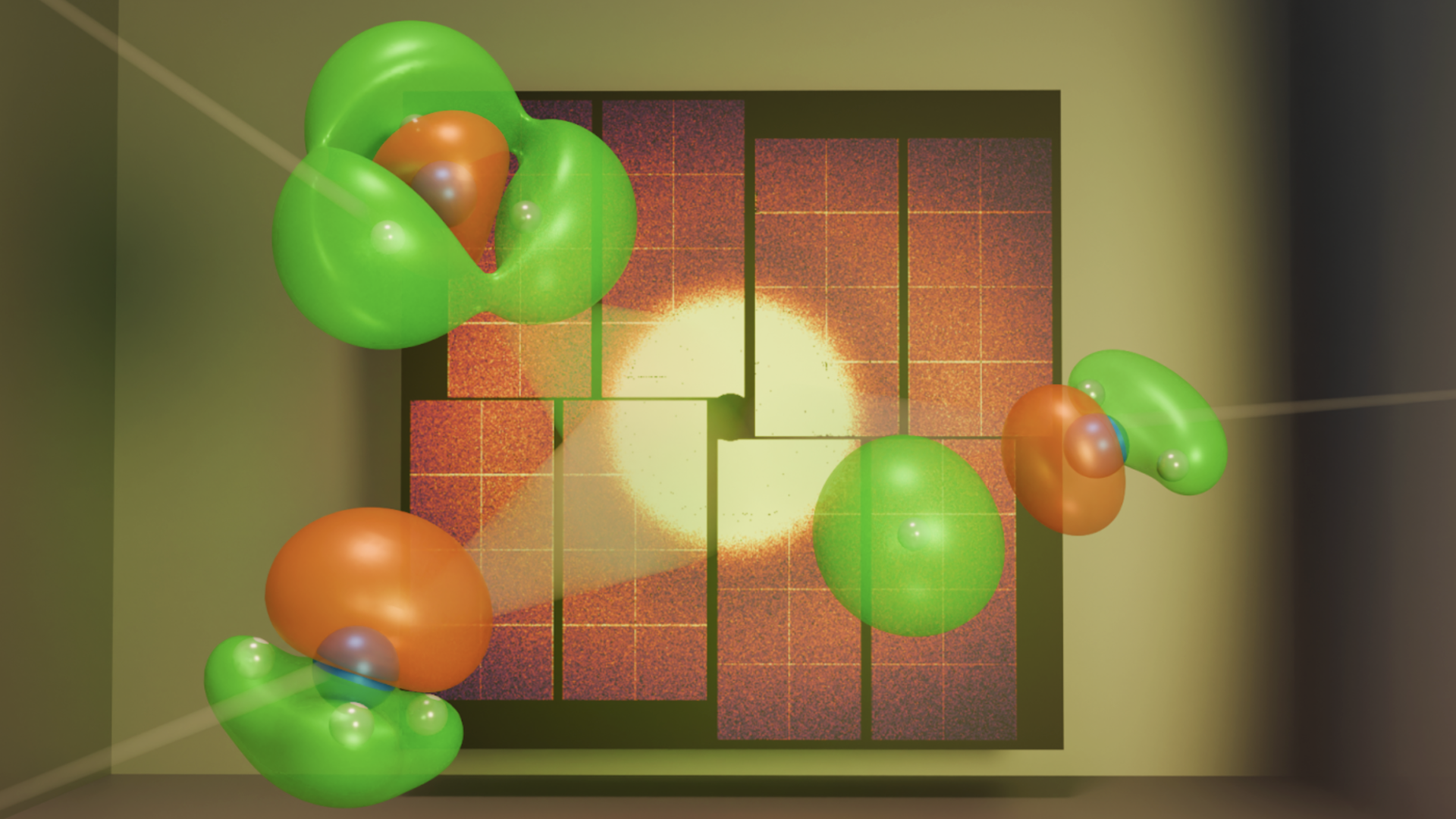
Scientists watch a single electron move during a chemical reaction for first time ever
By Larissa G. Capella published
For the first time, scientists visualized how electrons behave during a chemical reaction, which could help reduce unwanted byproducts in future chemistry.

Why can't we walk through walls if atoms are mostly empty space?
By Larissa G. Capella published
Most of an atom is empty space, so why does some matter feel solid? Two physics principles explain why.
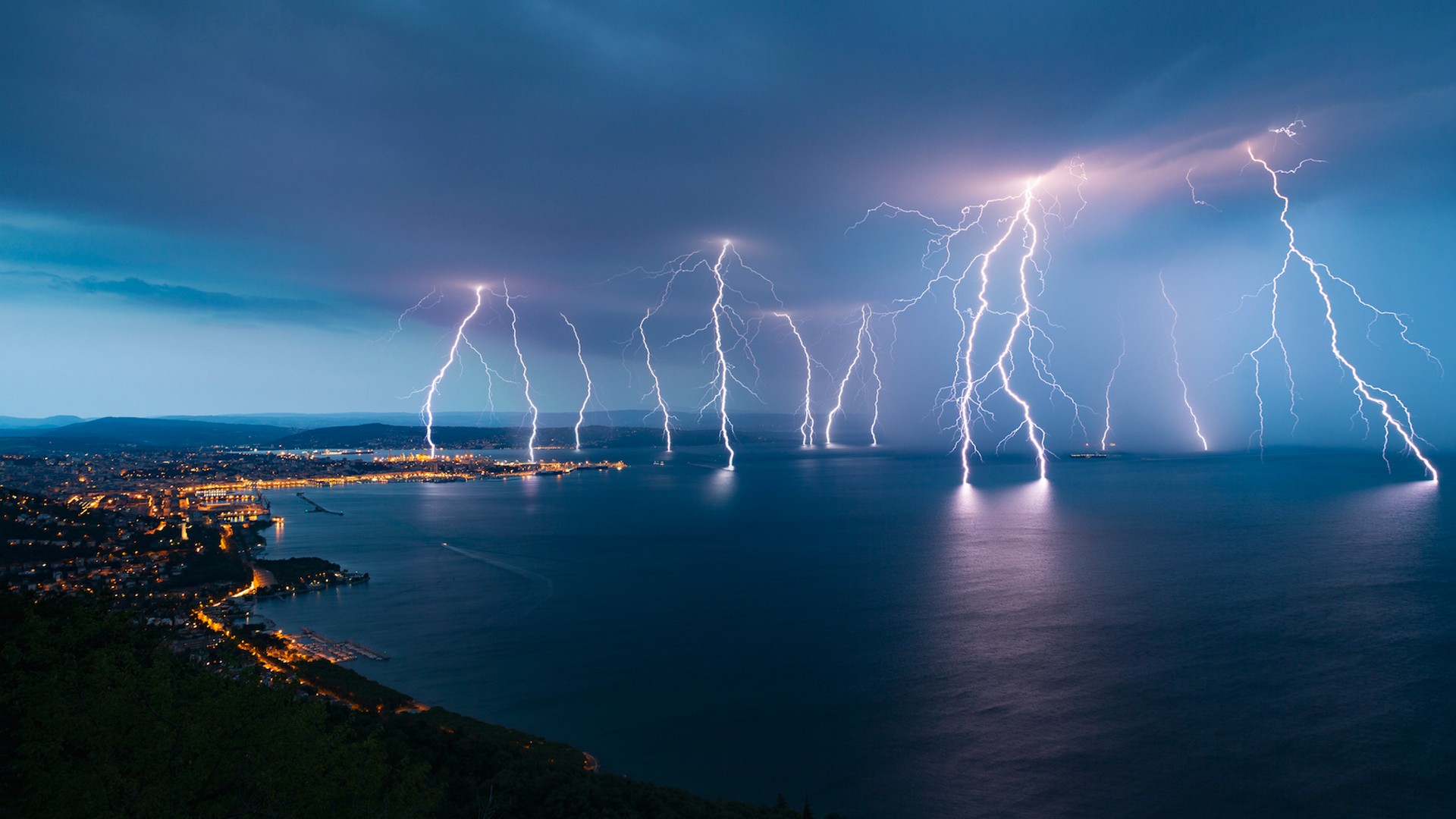
Lightning on Earth is sparked by a powerful chain reaction from outer space, simulations show
By Ben Turner published
A new model may have finally solved where storm clouds get their missing energy.
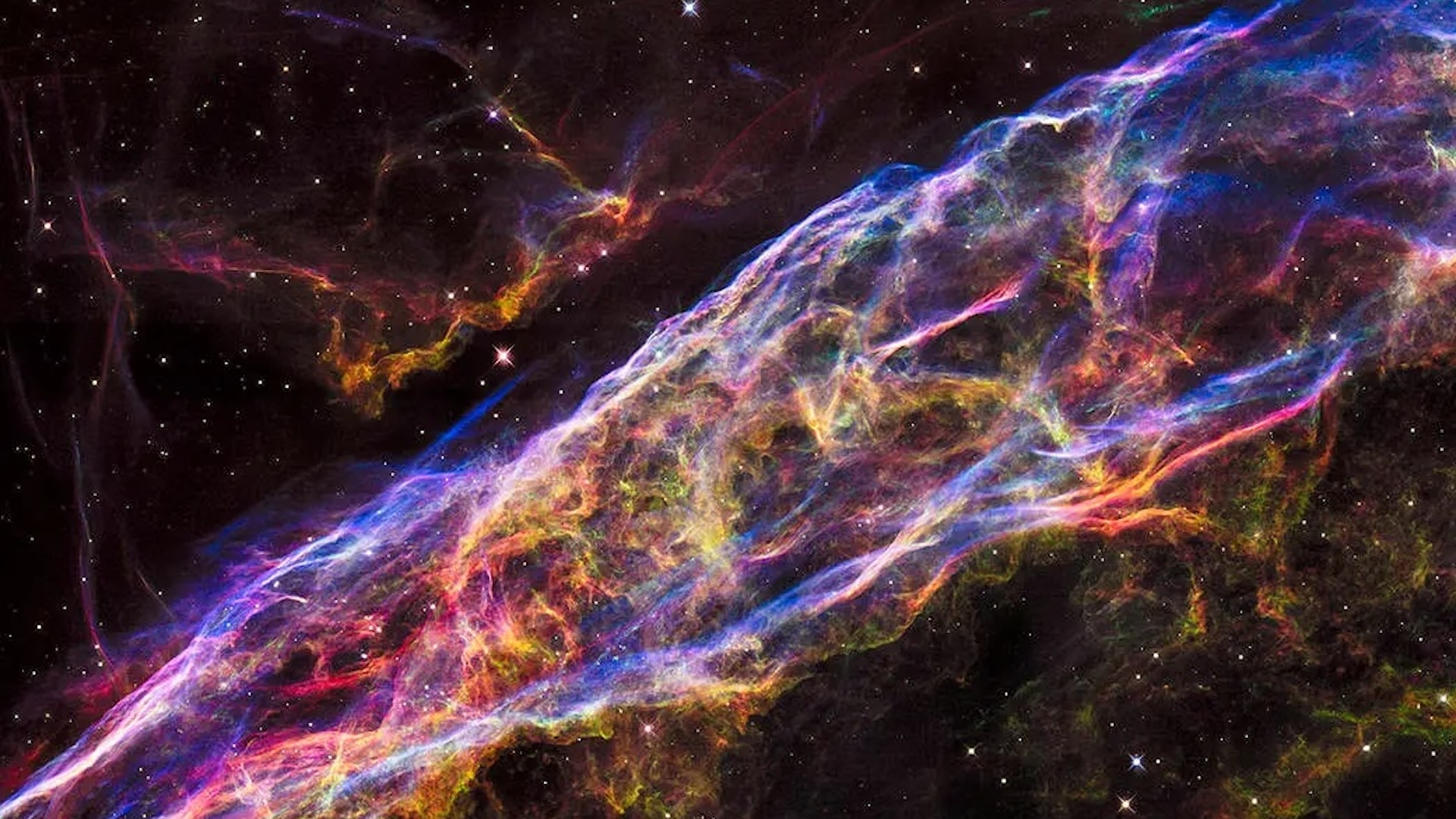
Where do atoms come from? A physicist explains.
By Stephen L. Levy published
Almost everything on Earth is made up of atoms, but where do these fundamental building blocks come from?
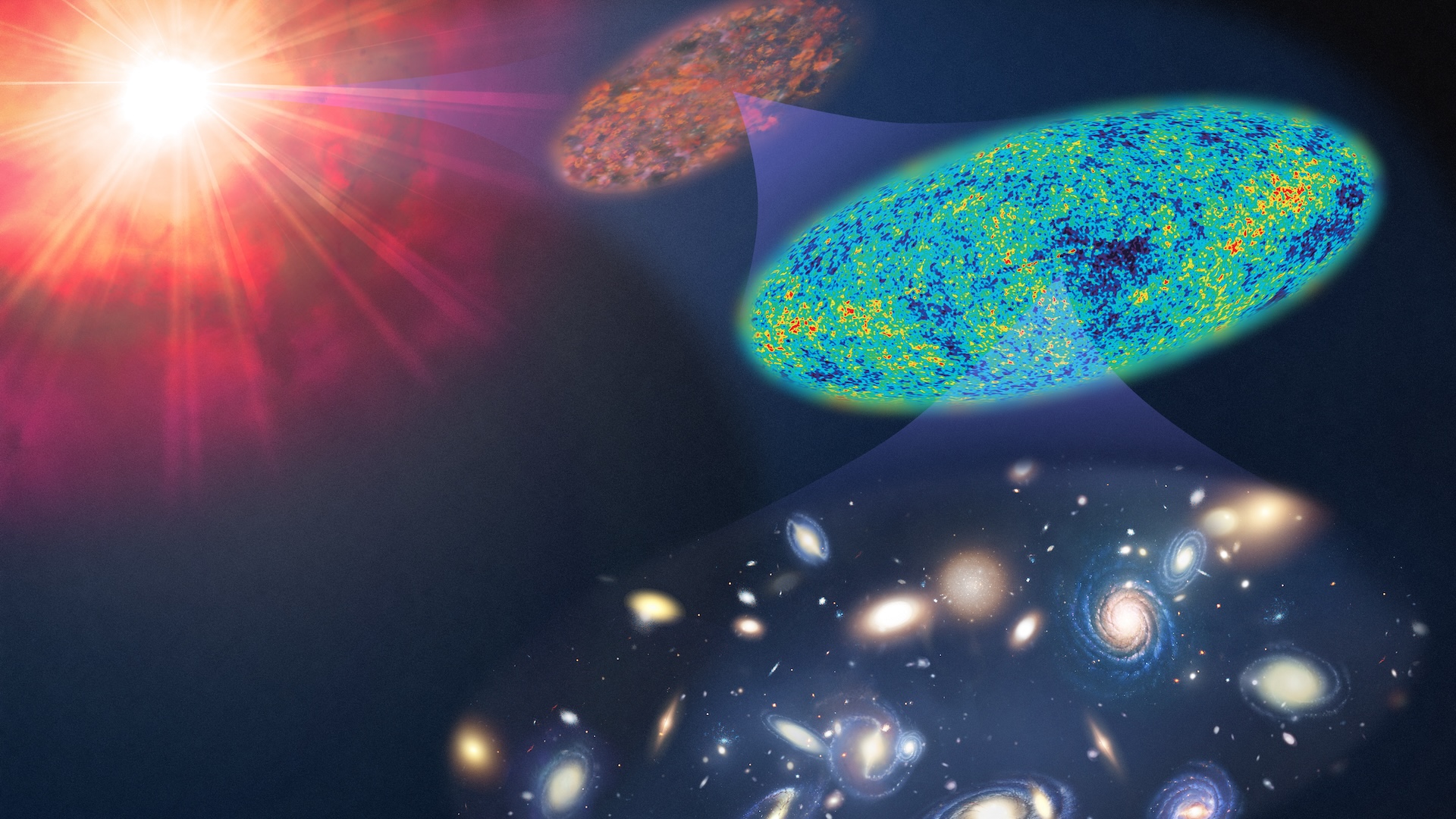
Did light exist at the beginning of the universe?
By Charles Q. Choi published
Was it dark after the Big Bang, or did light shine immediately?
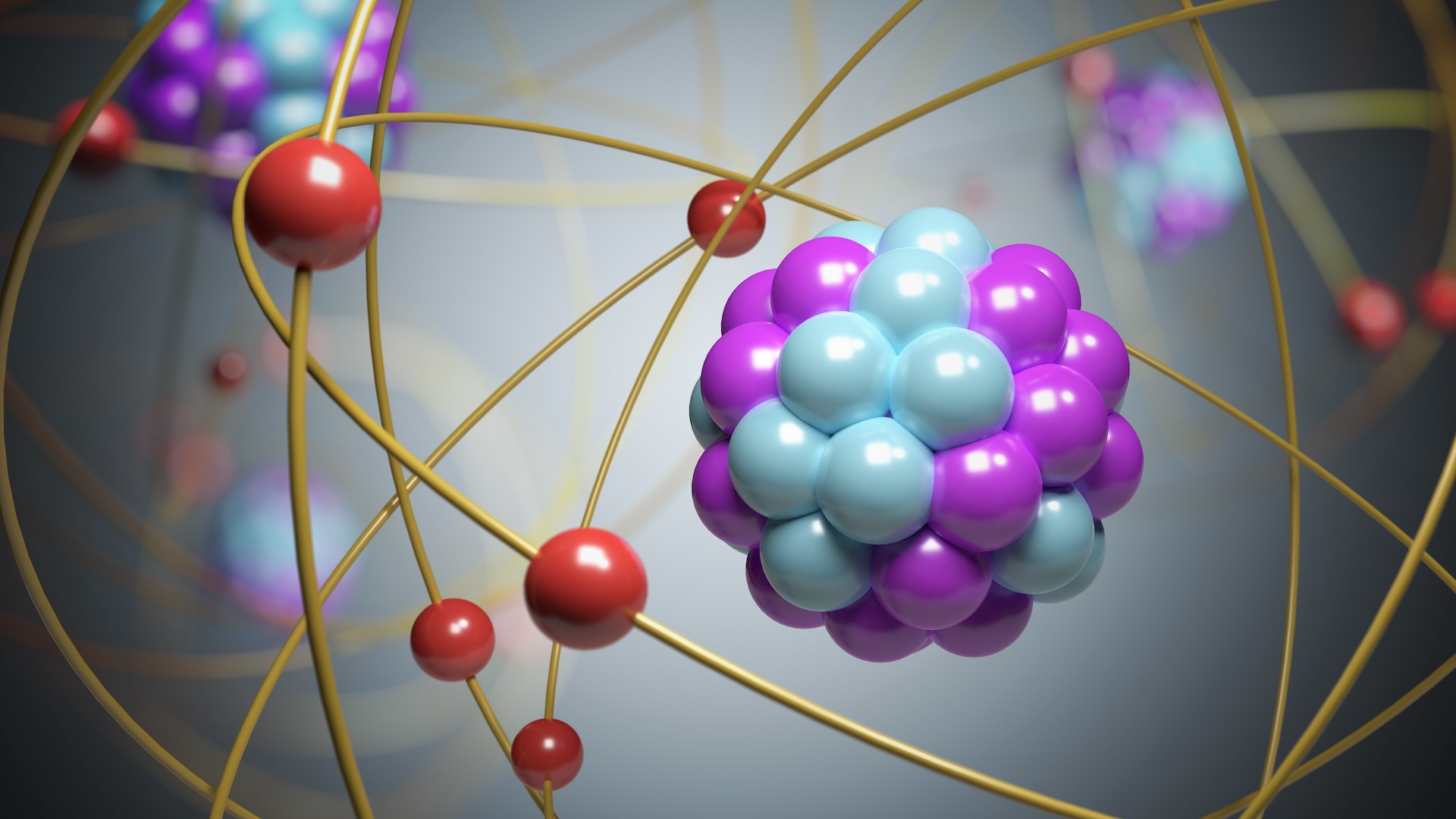
Why isn’t an atom’s nucleus round?
By Victoria Atkinson published
The nuclei of atoms are often portrayed as round in textbooks, but it turns out they're rarely spherical.
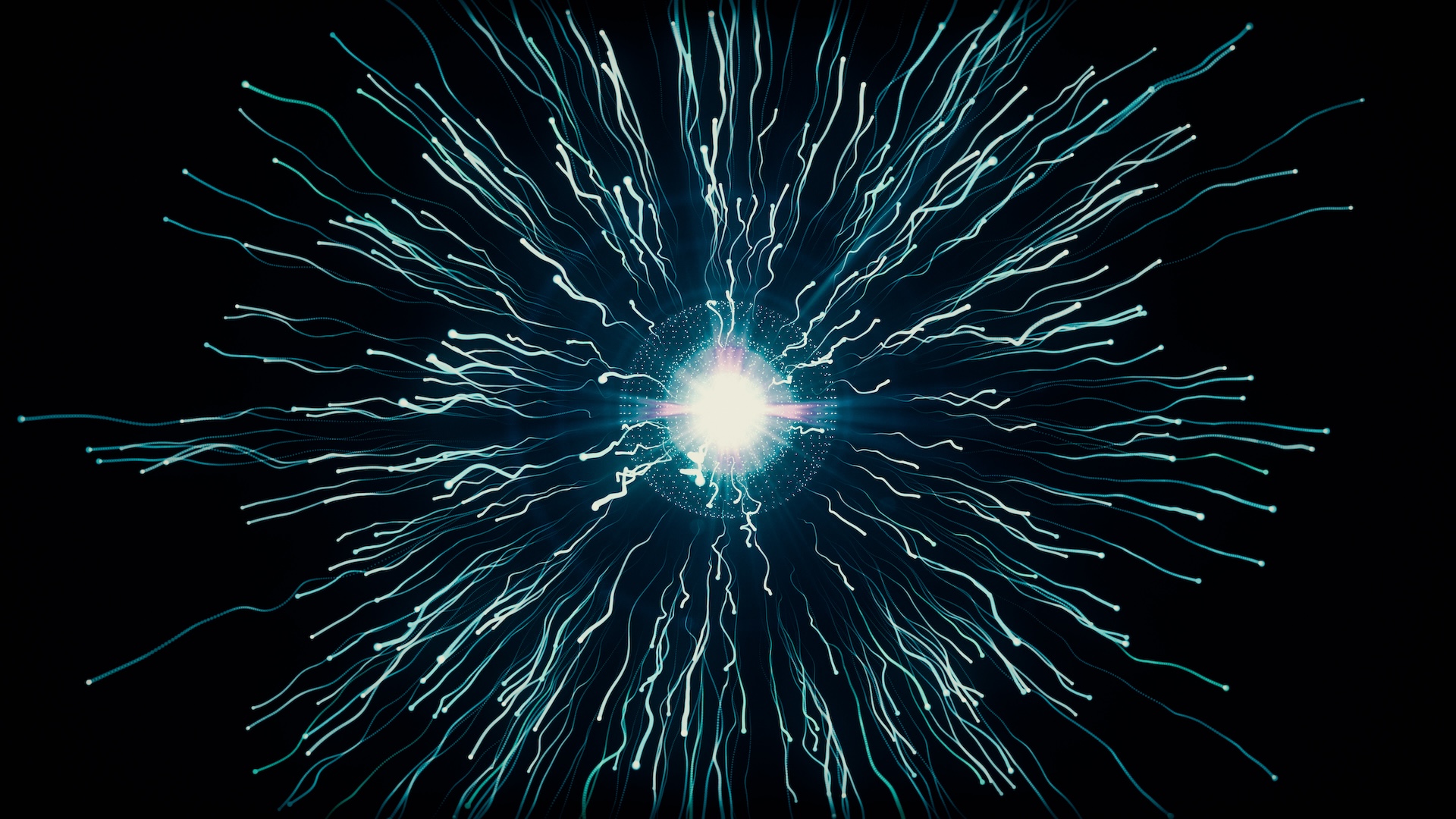
Particle physics: Facts about the elementary particles that make up our universe
By Damien Pine published
Discover the fascinating world of particle physics — the most fundamental building blocks of the universe and the forces that connect them.
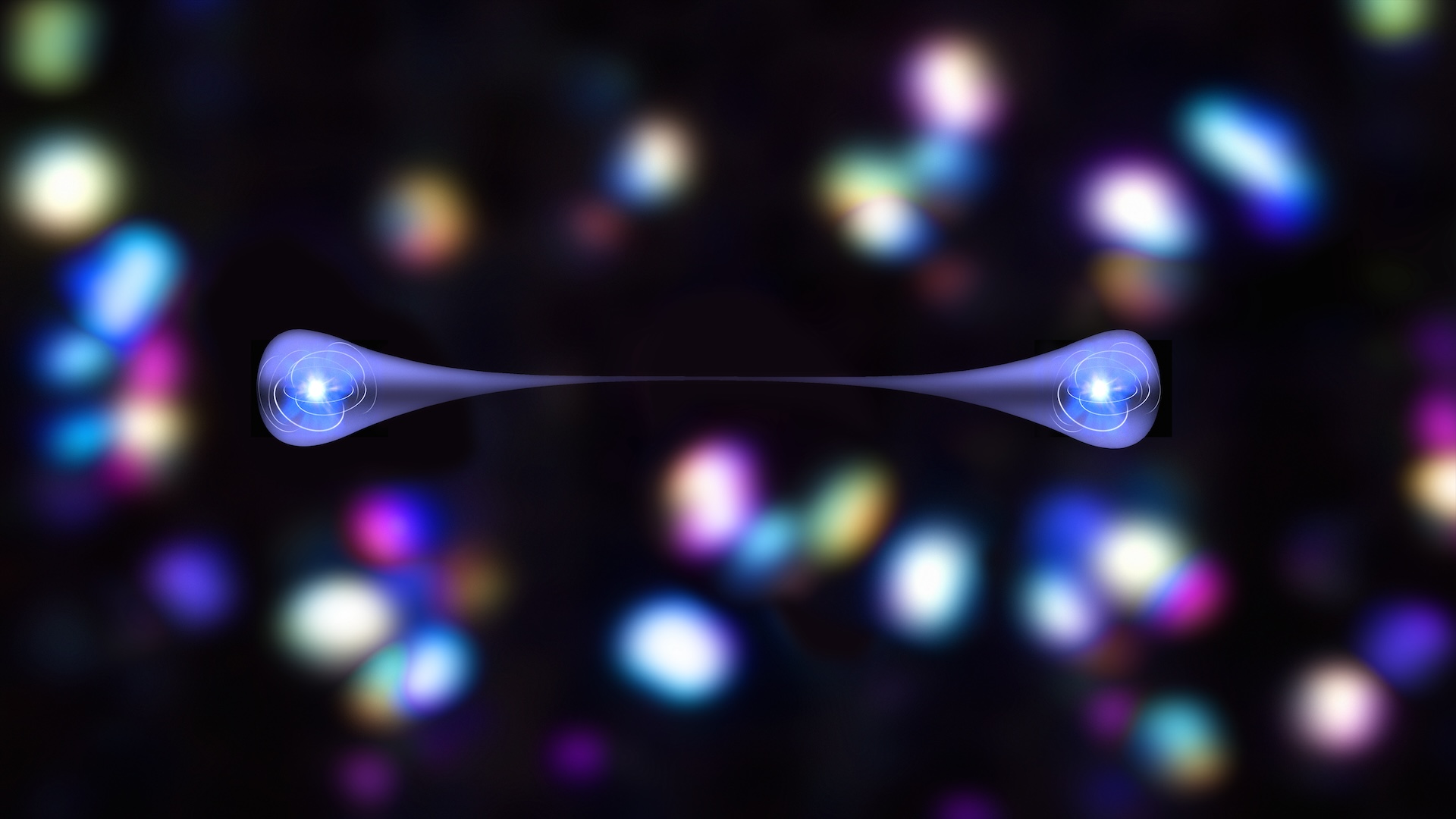
What is quantum superposition?
By Jess Thomson last updated
Quantum superposition is a phenomenon in which a tiny particle can be in two states at the same time — but only if it is not being directly observed.
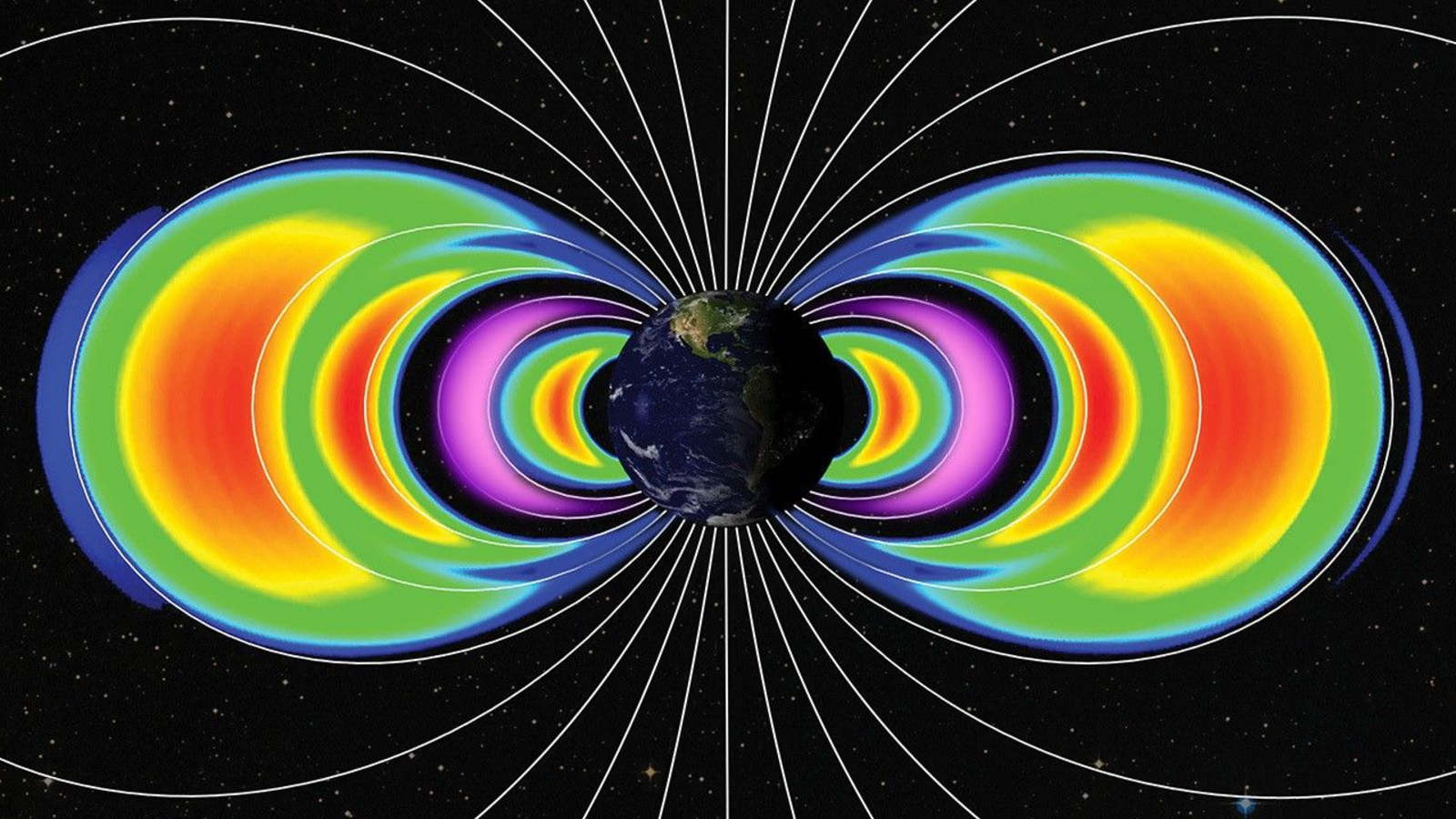
Earth grew an extra, never-before-seen 'radiation belt' after last year's supercharged solar storm — and it's probably still there
By Harry Baker published
Data collected from a once-defunct NASA satellite show that Earth grew two extra radiation belts following a supercharged geomagnetic storm in May 2024, including a never-before-seen structure that is "likely still there today," researchers say.
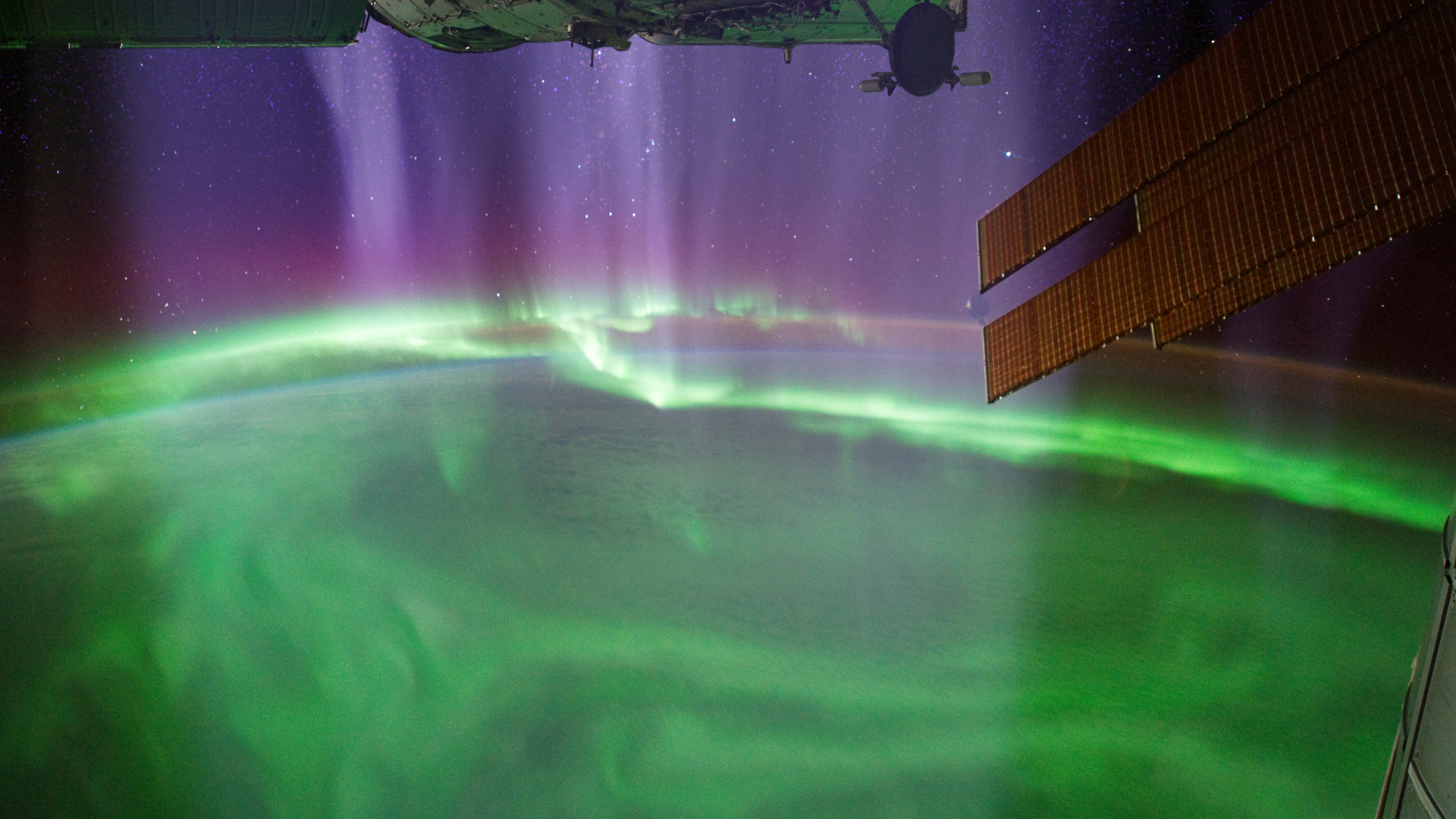
Potentially deadly 'chirping waves' detected in baffling location near Earth, and scientists are stumped
By Ben Turner published
Chorus waves are mysterious, chirping signals produced by spiraling plasma inside our planet's magnetic field. But a new detection suggests scientists may understand less about them than first thought.
Get the world’s most fascinating discoveries delivered straight to your inbox.
